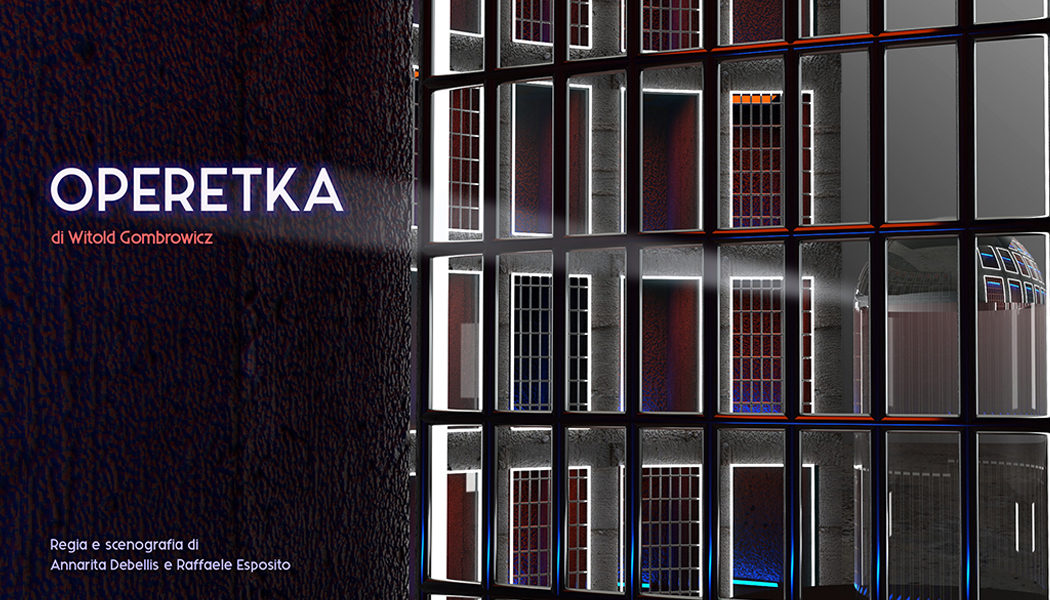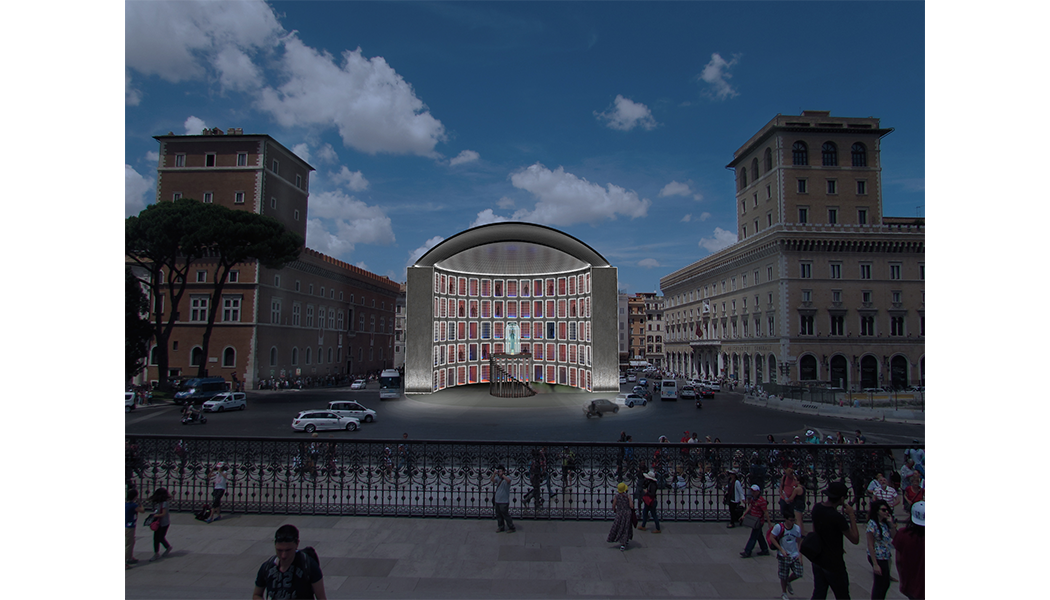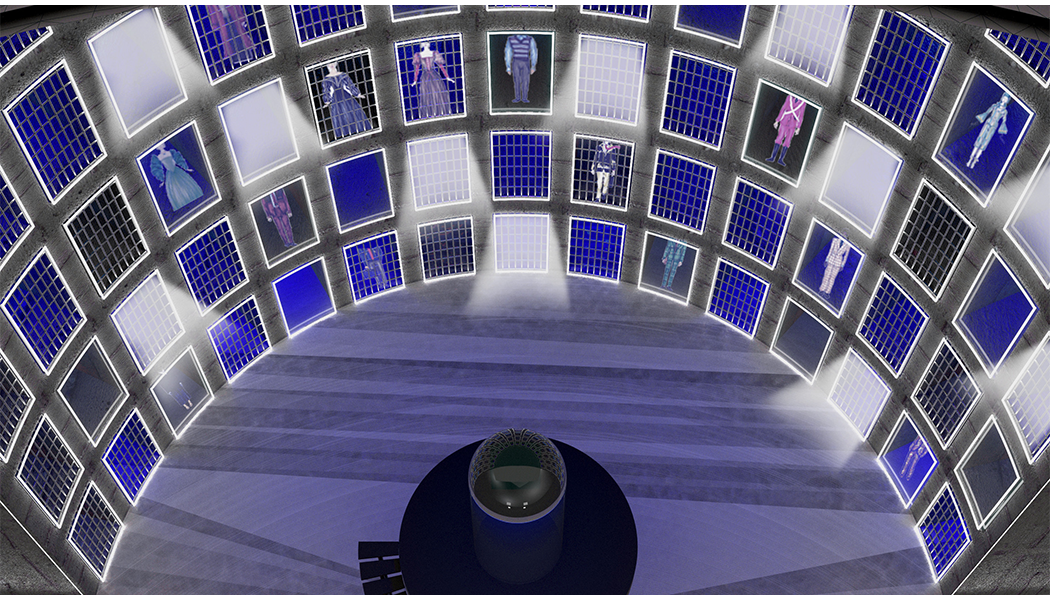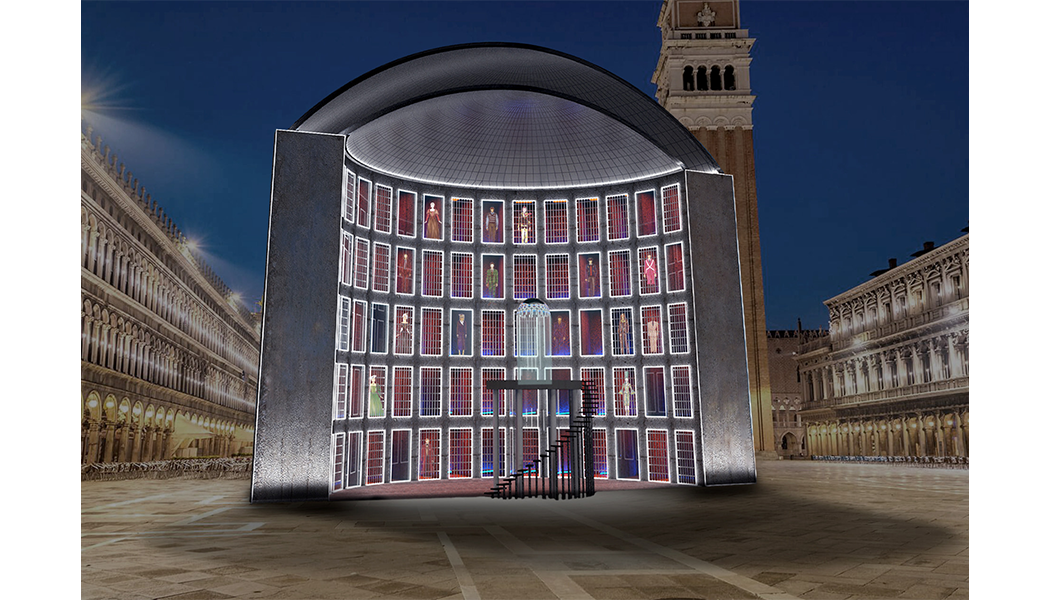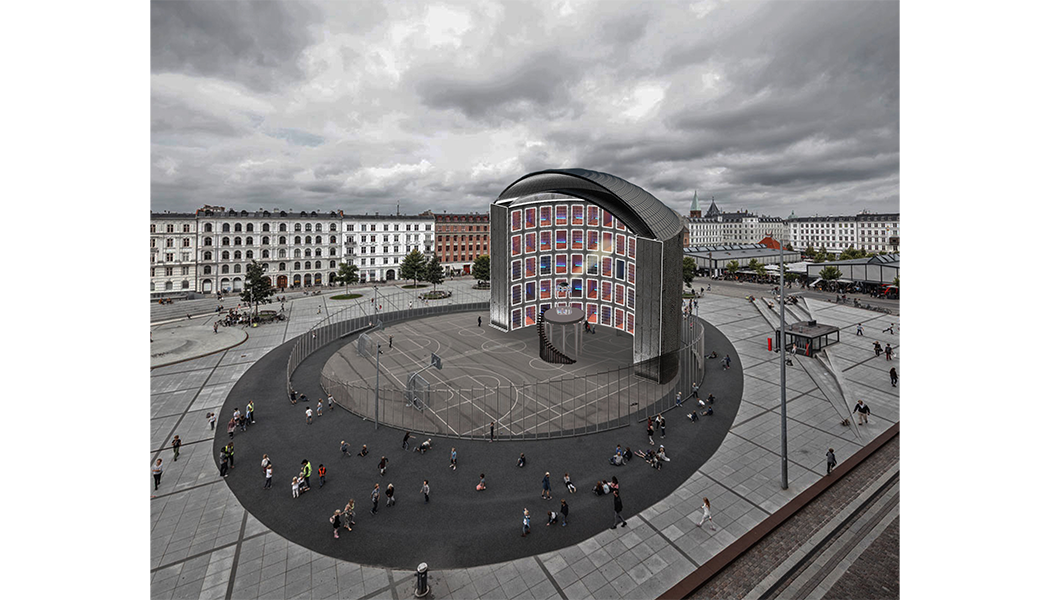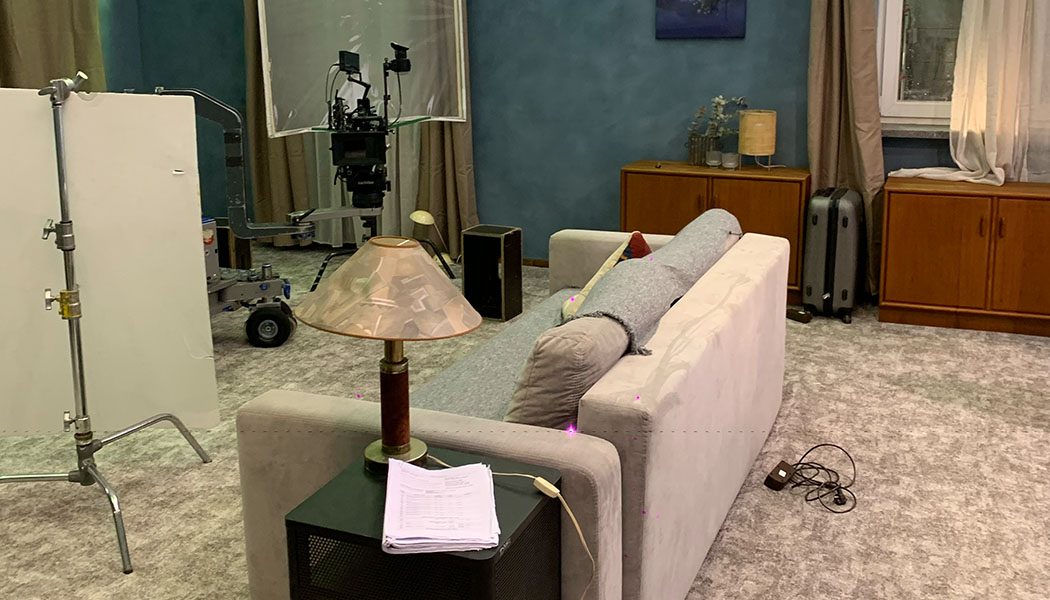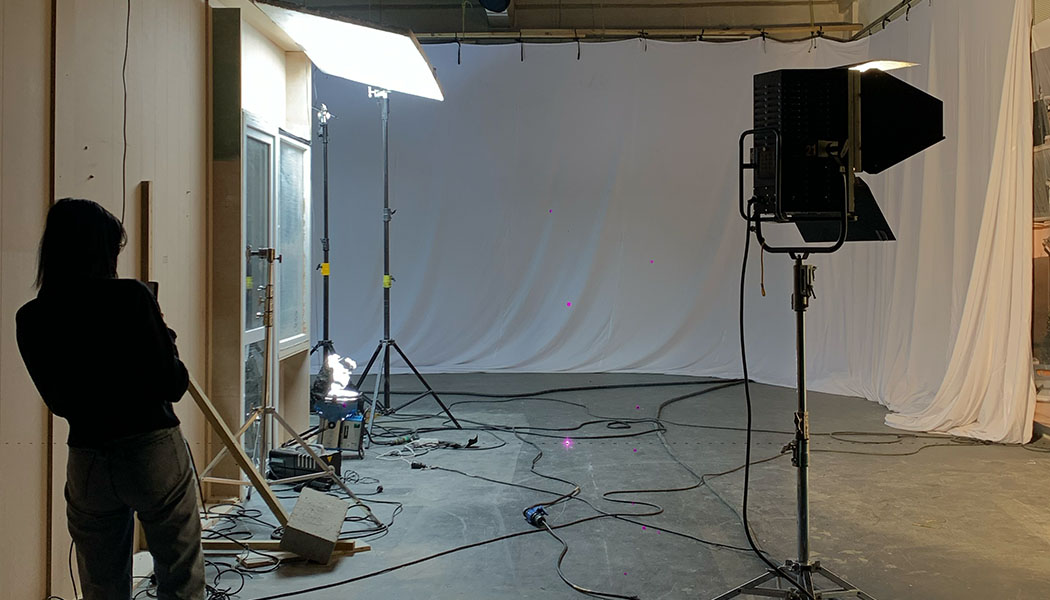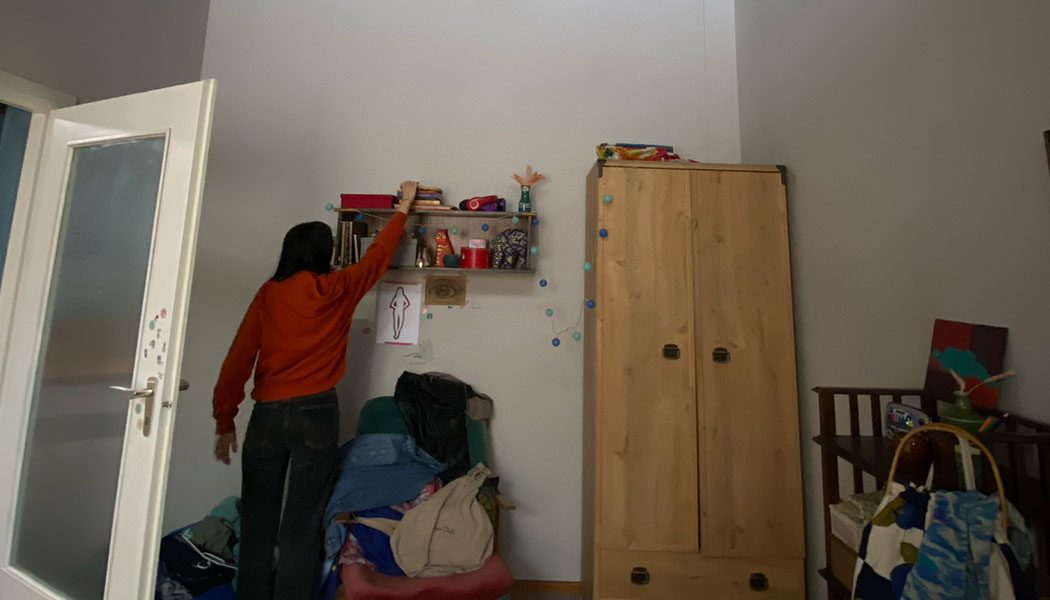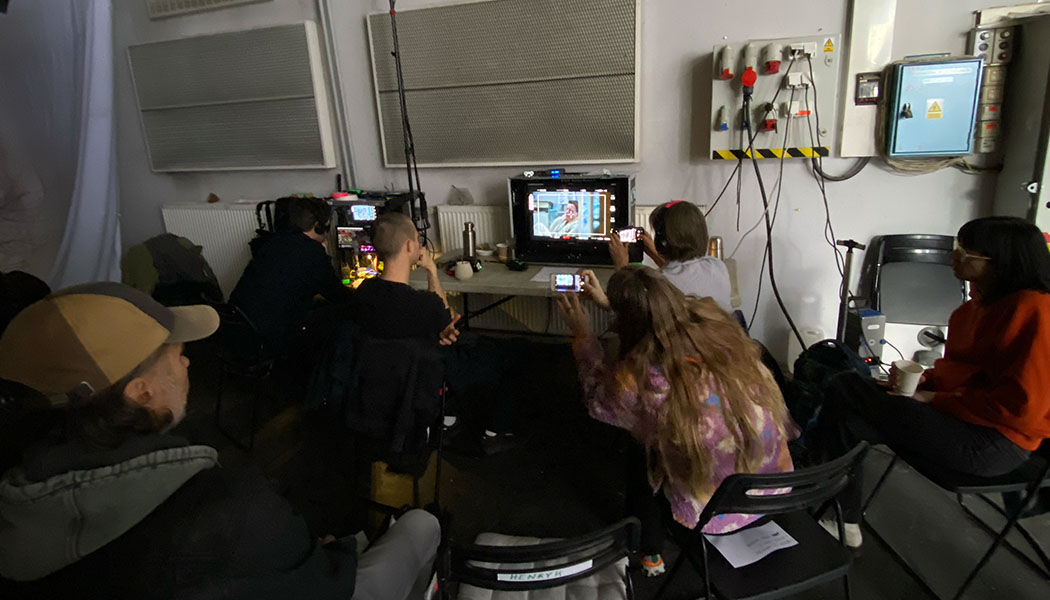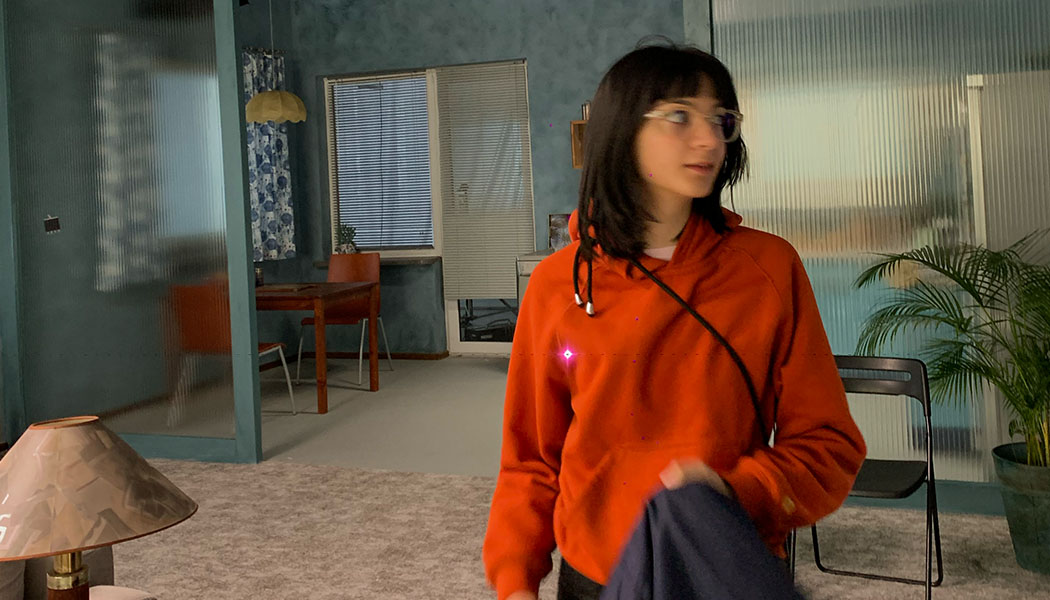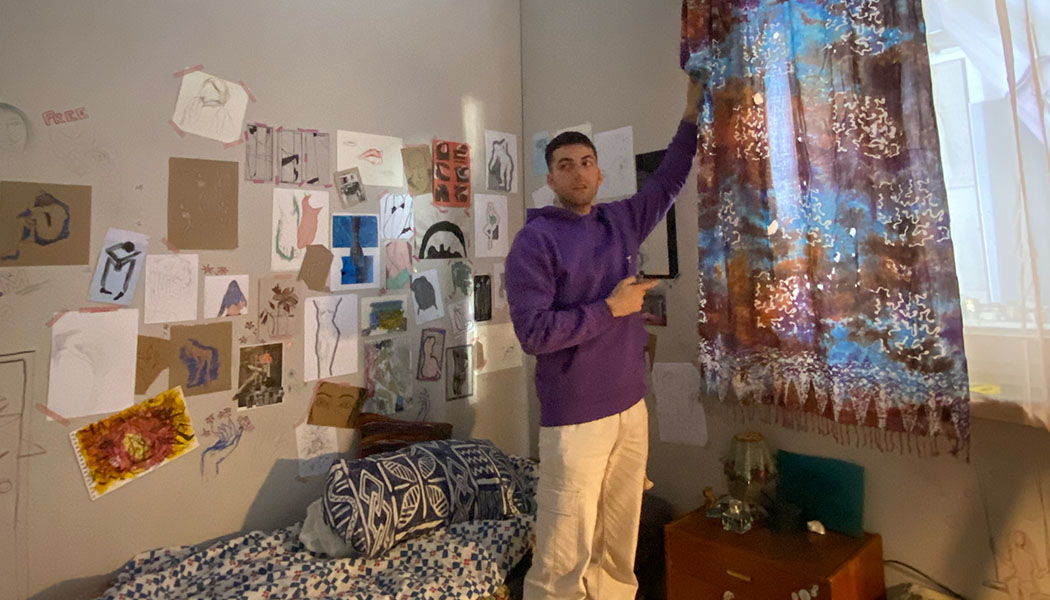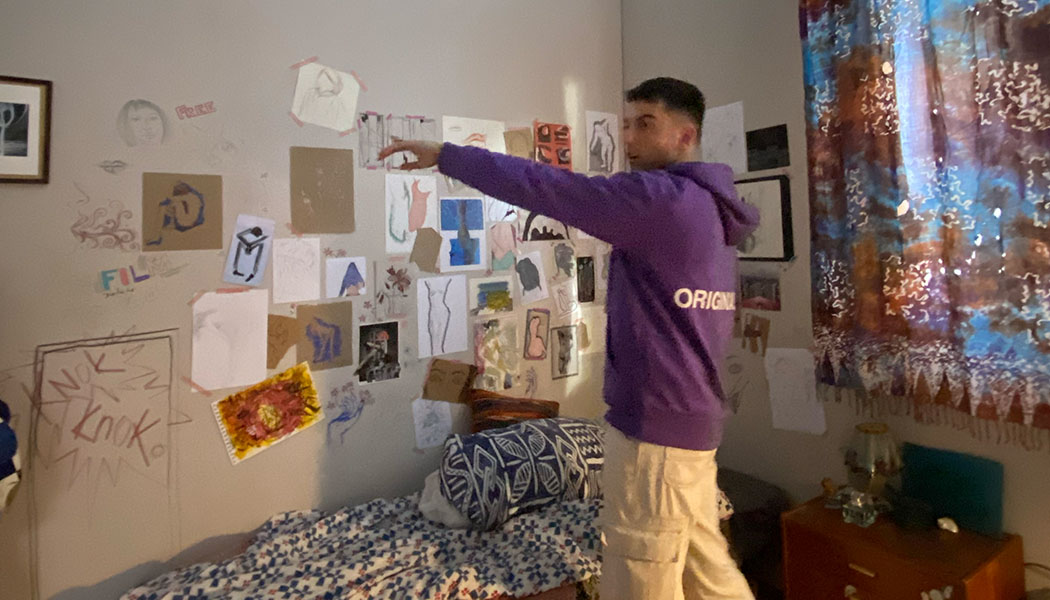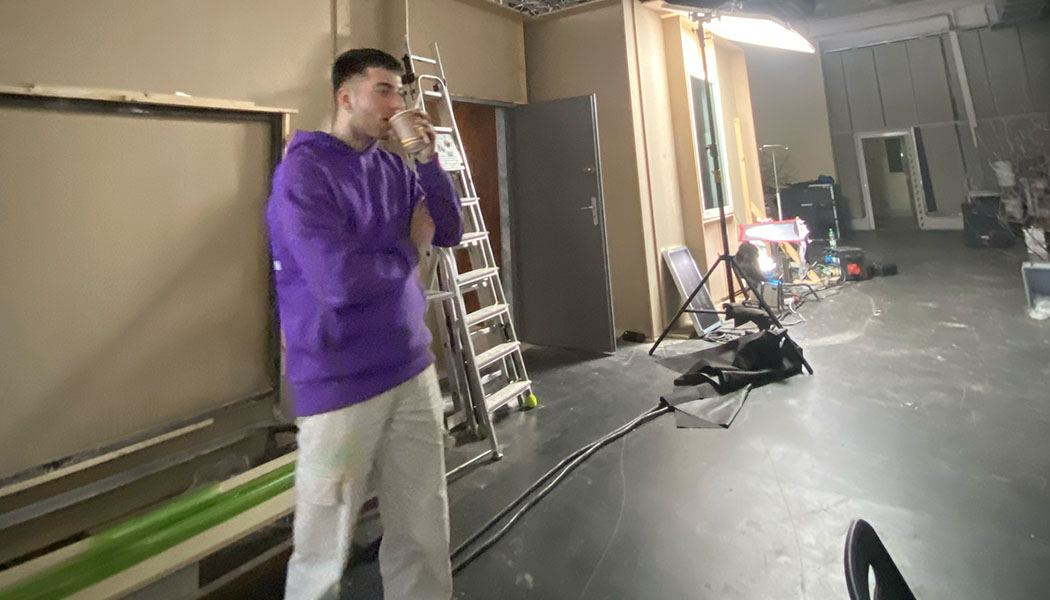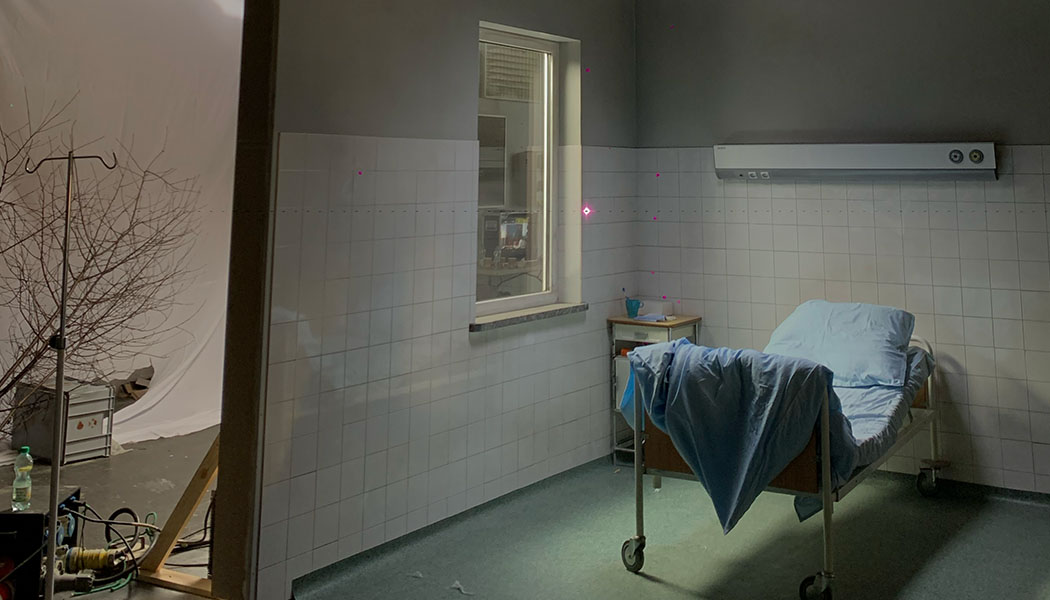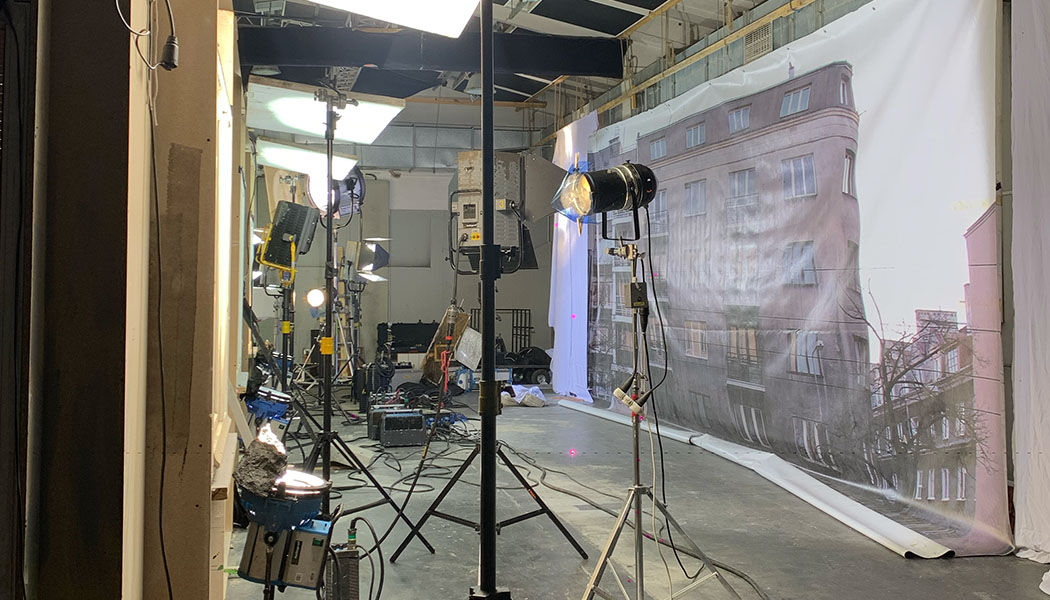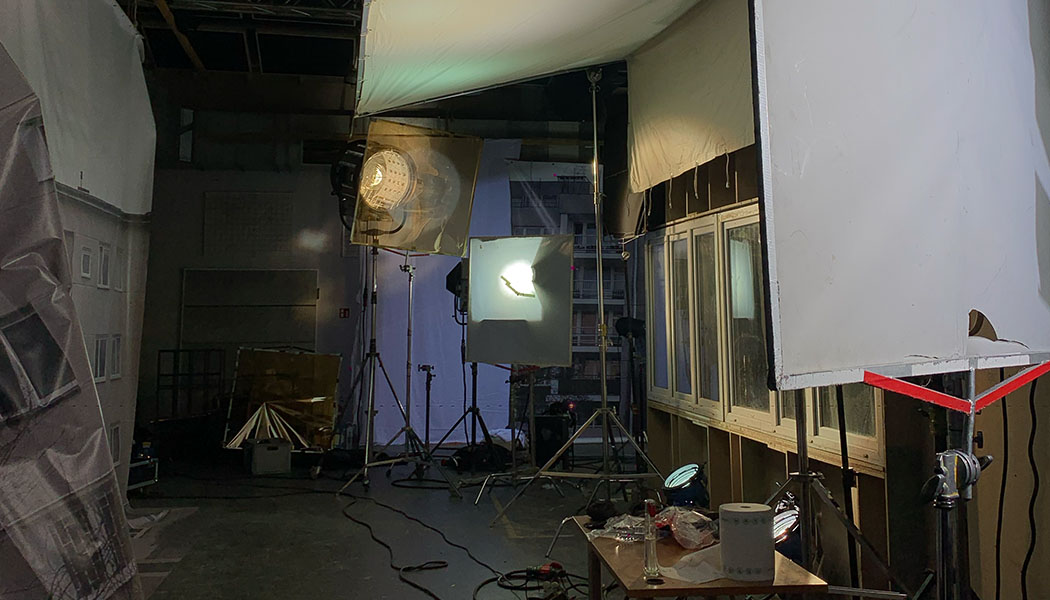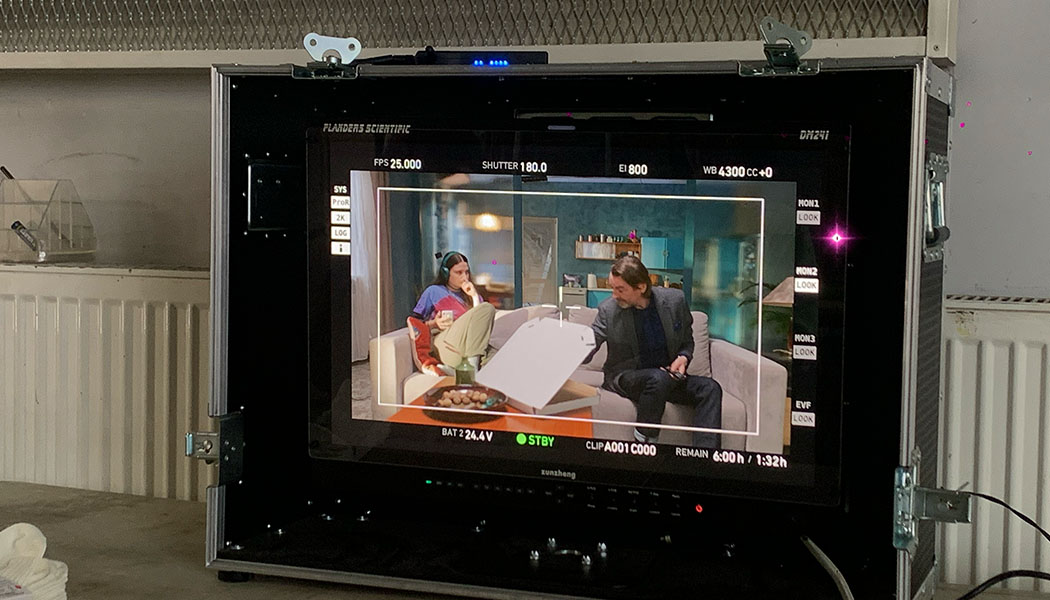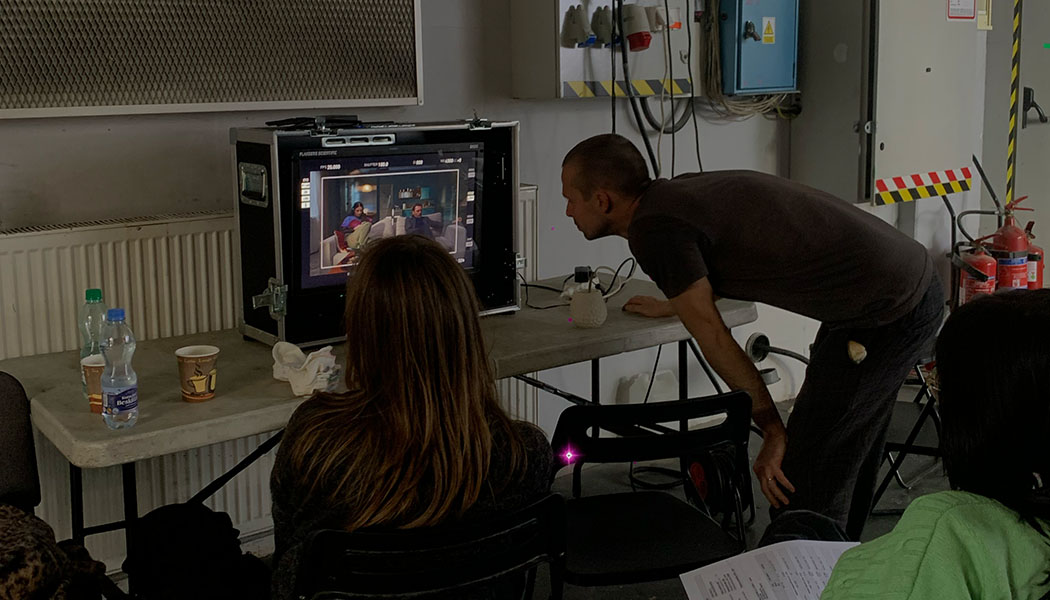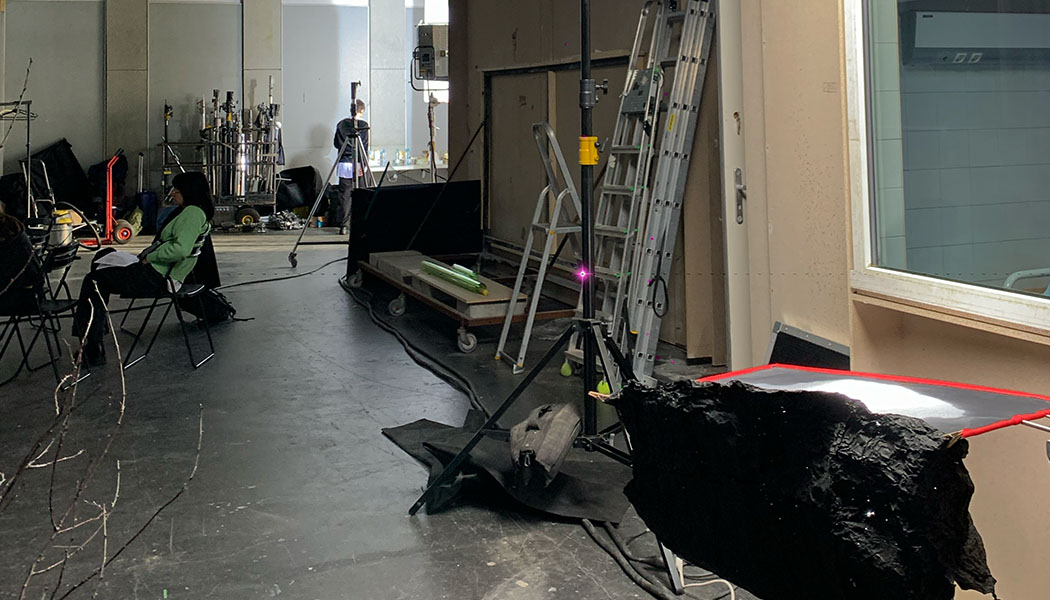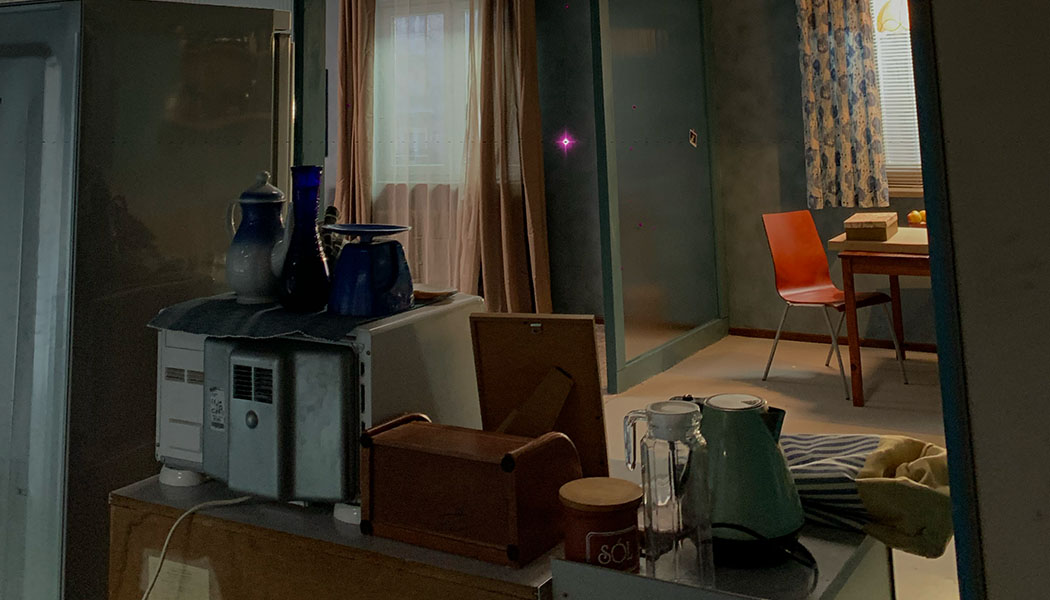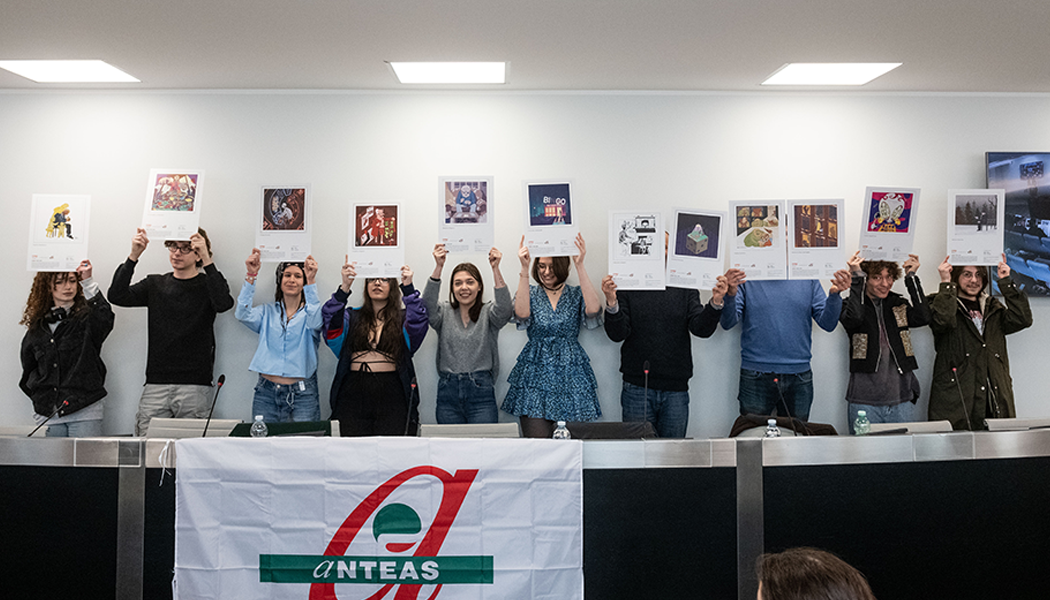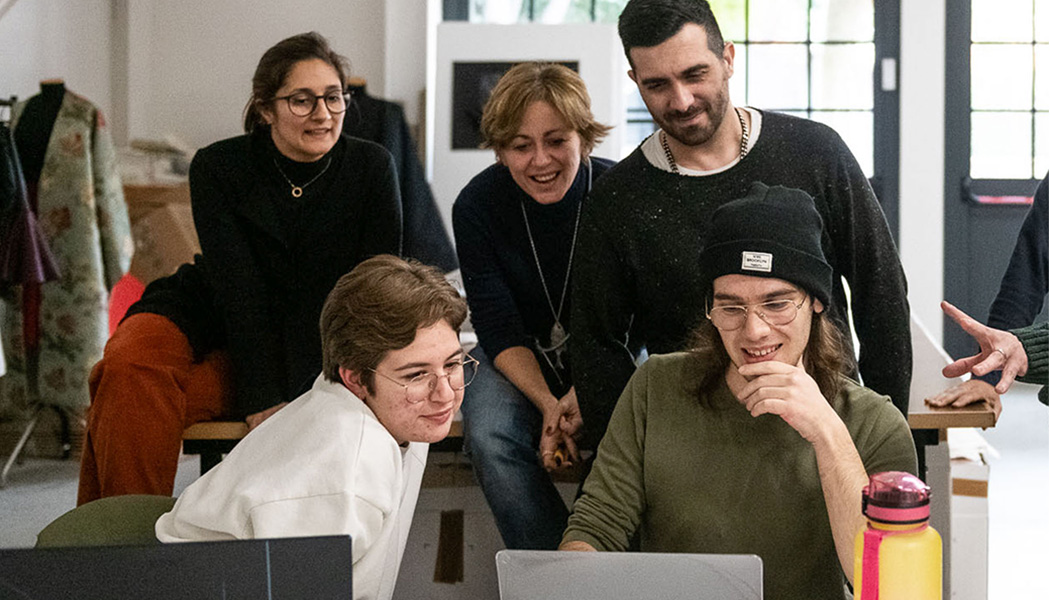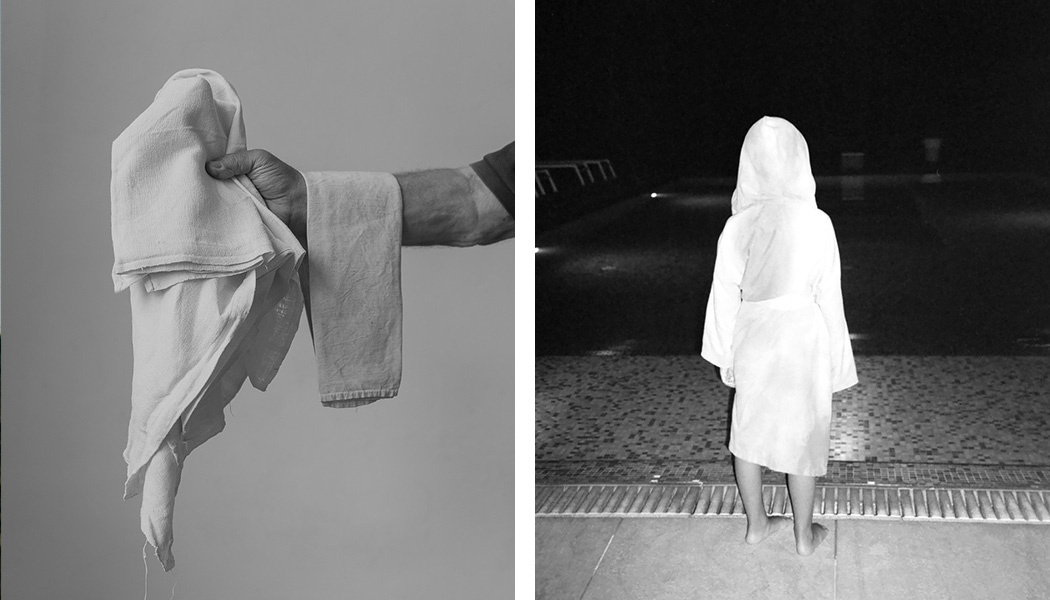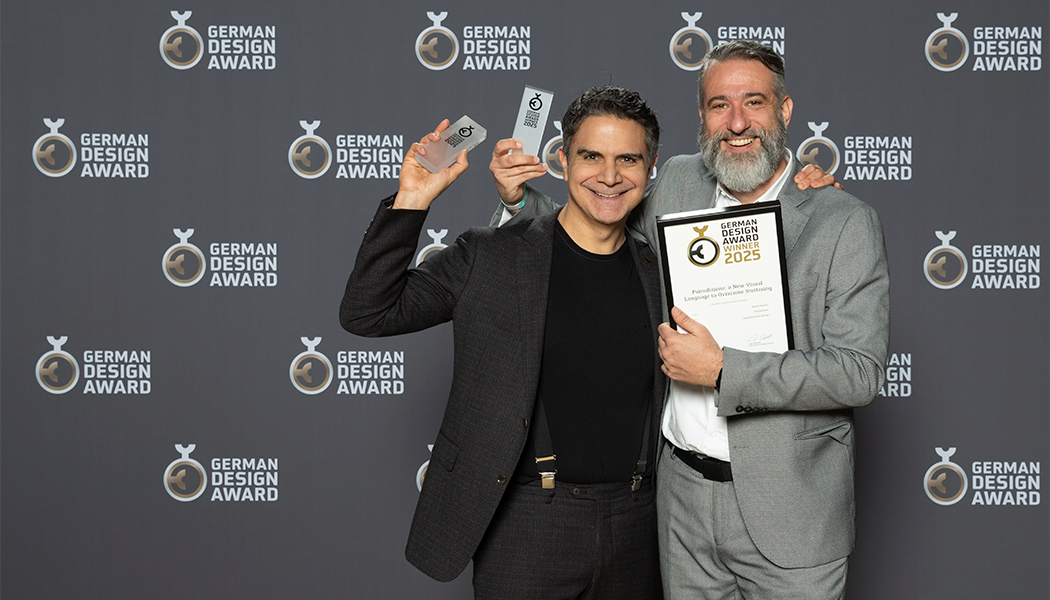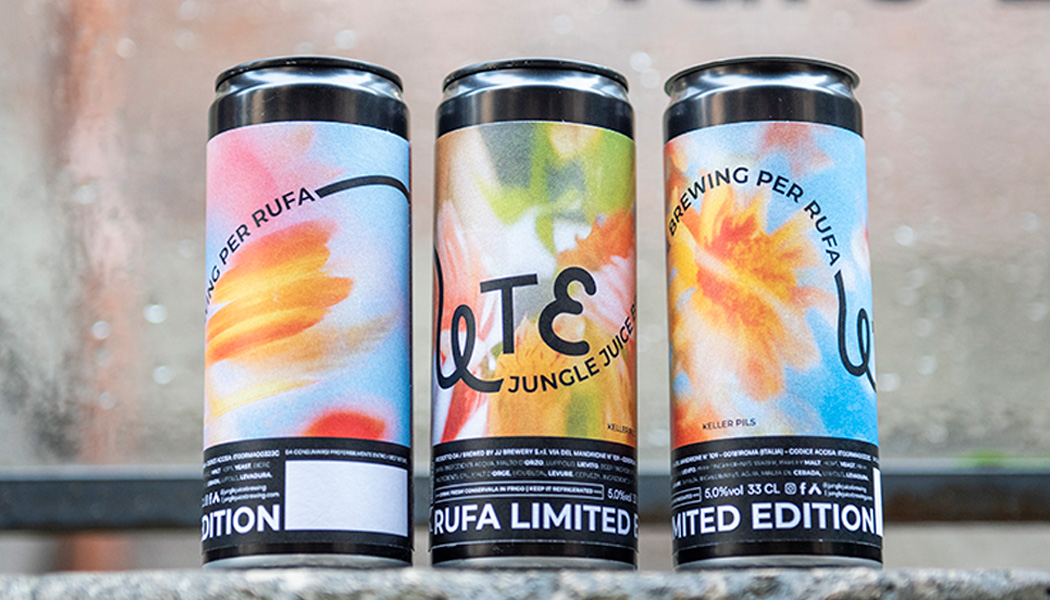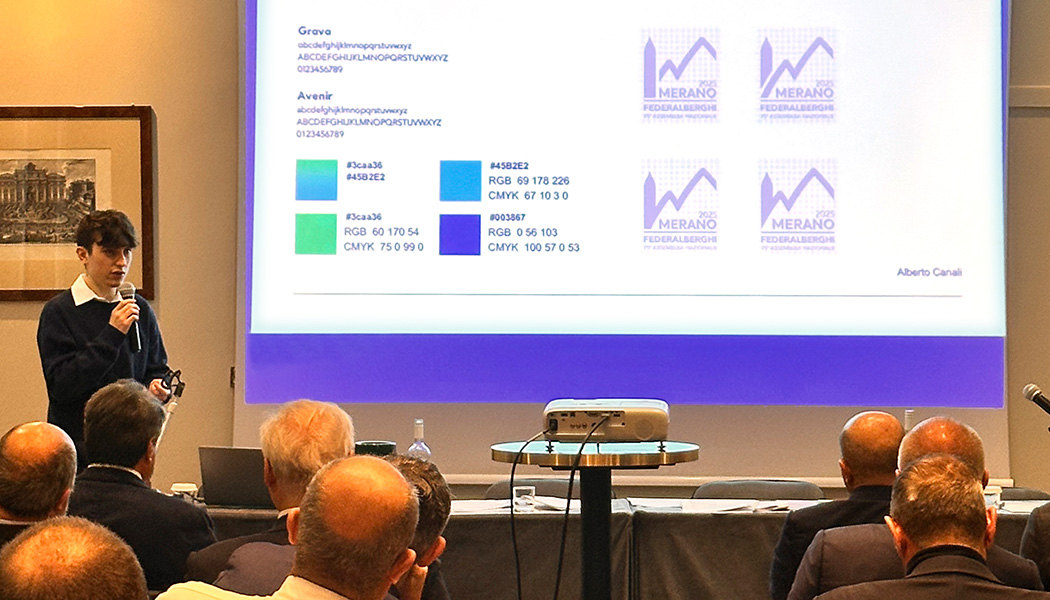Annarita Debellis and Raffaele Esposito, third-year students of Set design, were elected the undisputed winners of the Call promoted by the Polish production company WFDiF.
All Cinema and Set Design students at the Academy were encouraged to submit a pair project that included a directing and set design idea and was inspired by the Polish drama text “Operetta” by Witold Gombrowicz. The two winning students will actively participate in the production of a film for the Teatroteka cycle, which will be realised at the Warsaw Studios.
TEATROTEKA is an original Polish format created by the WFDiF Film Studios (Wytwórnia Filmów Dokumentalnych i Fabularnych – Film and Documentary Studios) in Warsaw, the oldest film studios in Poland, where directors such as Andrzej Munk, Andrzej Wajda, Krzysztof Kieślowski, Marcel Łoziński or Krzysztof Zanussi. Since 2013, WFDiF Film Studios has produced over 60 adaptations of dramatic texts for TEATROTEKA, showing us how rich the dialogue between theatre and cinema can be on a technical and formal leve
The winning project: the authors’ words
“This project allowed us to question and dwell on the relationship that exists between the word ‘I’ and the image that we give to the outside world, which is modified according to the cultural and family context in which we live.
In recent years, in fact, we have seen time pass by with an agonising monotony and a depressing disinterest, which has led us to lose enthusiasm and turn away from social and political issues that we should have been fighting for. It is as if we have become accustomed to a return to order that has distanced us (perhaps not for long) from those times when, for example, fashion was an act of resistance, a means of escape from oppression and standardisation, in short a means of communicating one’s musical, artistic, sexual and political tastes. Today, therefore, when we talk about beauty we are not talking about a purely aesthetic question, but about a political technique, about the exercise of power, in short about a gilded cage in which we do not realise we are locked up, but which the writer Witold Gombrowicz was already talking about at the beginning of the 20th century. We have imagined a panopticon (placed in various squares in Europe) split in half, and open 24 hours a day; moreover, everything is filmed by cameras, which would allow us to review the staging of the play, but at the same time the behaviour of the users in front of a space that opens the way to a thousand possibilities: whether political activism, anarchist or Marxist pacifist preaching, or banal vandalism.
In conclusion, ours becomes an open-air installation, a sort of macro-sculpture intended to recover the theatre as an aesthetic, political, social and reflective place, which uses cinema to shake consciences and remind us that there is still time to rise again (as Albertina will do at the end of the play) and strip us of all the superstructures that this society has sewn onto us.
The 5-days experience of working for the Polish production WFDiF, recounted by Annarita
“During our stay, we were assisted by the set designer, who showed us the work to be carried out over the next few days: initially, we did an inspection of the set (which included a dining room, a bedroom, a kitchen and a hospital room) and then we helped the set designer to complete the design idea, setting up the various rooms so that they would be as realistic and lived-in as possible.
Once the set design was complete, we followed the filming, curiously observing the work of the director and the entire crew.
On the last two days, while the filming was going on, we had the opportunity to visit (guided by the tutor Iga), the WFDIF building’s warehouses of objects and costumes, discovering curiosities and anecdotes of Polish film culture and history over the years.
We also had the honour of entering the SOUND DESIGN department, where an audio technician showed us mixing and post-production techniques and played us the music of famous Polish composers who accompanied famous films”.
